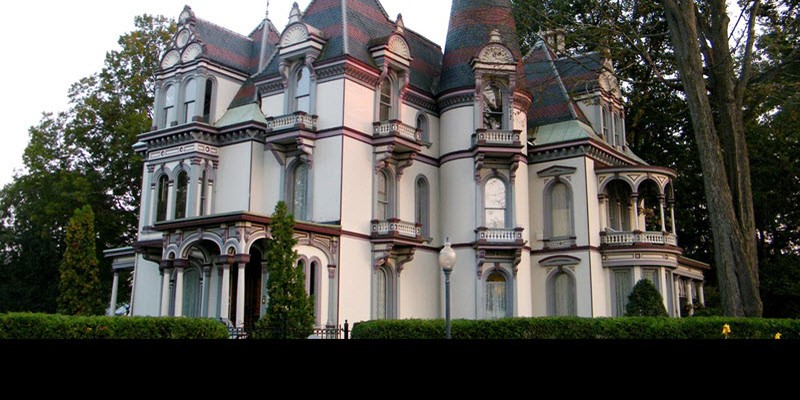Apr 18, 2016
Featured, Design Build
Smart Renovation of Historic Homes
There is nothing like the character of historic homes. Not only do they represent a moment in time, but also you can feel the lives of generations within their walls. Additionally, they often embody architectural and design features that exemplify loving attention to detail and craftsmanship.
Restoring or renovating a historic home is a labor of love and a test of patience. Restoring means bringing the home as close as possible back to the original. Renovating means updating the home for personal style, comfort, health and energy efficiency without losing its character.
Sensory Six recently had the honor of being involved with renovating a Saratoga Springs home built in the mid-1800’s. We’d like to share with you some of our knowledge in case you decide to embark on such a project.
Managing expectations. Historic properties can come with restrictions based on preservation guidelines or the construction of the house. For example, there may be limitations on changing the exterior such as adding a deck or replacing windows. Or original building techniques may limit the way and amount of insulation can be added.
Working closely and communicating well with your designer and general contractor as well as seeking the advice of experts in historic homes can help you manage expectations.
Creating a “clean slate.” Extensive renovations often work best in a historic property by creating as clean a slate possible – essentially gutting everything except significant architectural artifacts. This allows you to remove antiquated plumbing, electrical and heating and cooling systems in a more efficient manner.
However, deciding what should be retained as a historical artifact can be difficult. Getting historical records is often helpful in deciding what to keep as part of the modernization process.
Planning for and funding project delays. When renovating a historic home, it is important to build a contingency fund into the overall budget. Surprises are bound to occur that may cause delays or budget overruns. The most common are unforeseen structural issues or conditions like rot behind walls, structural damage and toxic substances.
Old homes are notorious for having problems with lead and asbestos. Lead can be found in plumbing pipes and in interior and exterior paint. Asbestos can be found behind walls in basements or attics. These things can cost thousands of dollars to repair and replace. Additionally, older homes often have oil tanks, wells, cesspools and septic tanks buried beneath the law and these can be costly to remove.
We believe strongly that with the beautiful historic properties available in our region, renovation is a wonderful option to new home building for those who cherish the beauty of craftsmanship and history. At the end of the day, when it comes to historic property renovation planning is the key as well as having a well-organized team that works and communicates well together.
Photo: Courtesy of the Batcheller Mansion Inn


